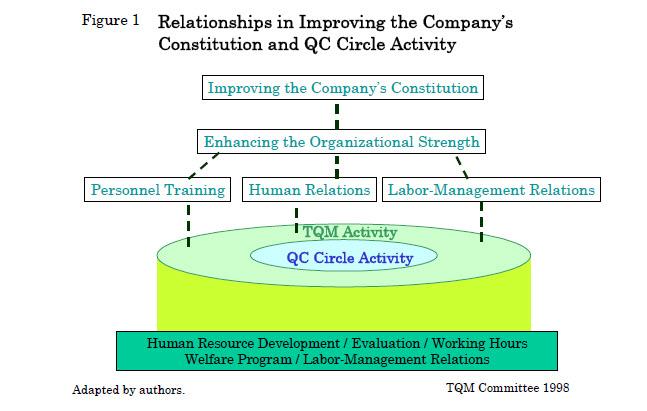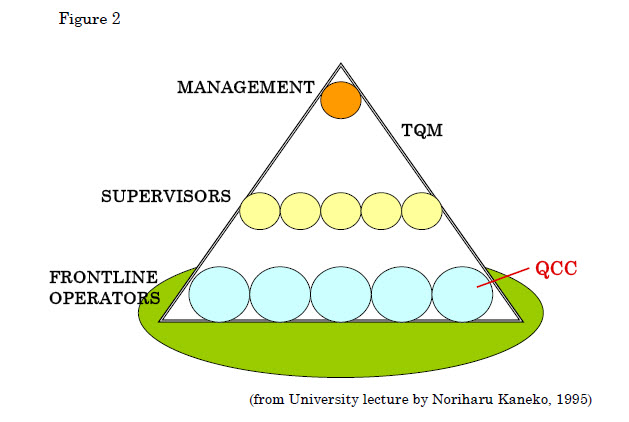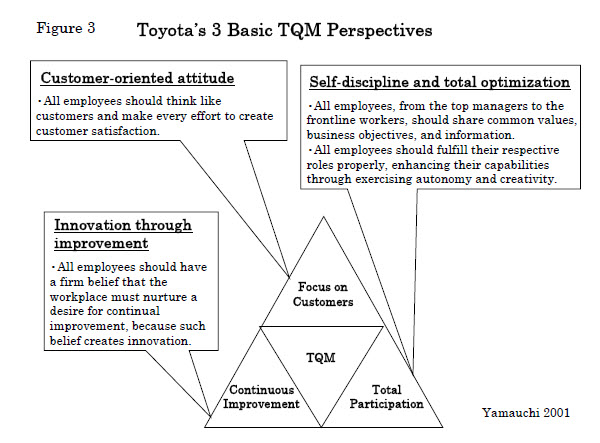Isao Kato is the retired manager for the old Education and Training Division of Toyota Motor Corporation. I spent some time interviewing Mr. Kato when Professor Sobek and I set out to draft A3 Thinking. In particular I was curious about some of the intellectual roots of A3 Reports inside Toyota. As I learned in discussion with Mr. Kato there is no one single item that lead to the development of A3 Reports inside the company. The reports were derived from a mix of the scientific method, policy delpoyment, QC Circles, and problem solving activities. Mix in Taiichi Ohno’s well known aversion to reading reports and you wind up with a one page framework for presenting ideas in a structured efficient manner.
If you are interested in A3 Reports then I think it is worth the time to investige TQC/TQM topics and Quality Control Circles. The roots for these items are frankly western but few companies ever implemented them as well as Toyota Motor Corporation starting in the early 1960’s at the direction of Eiji Toyoda.
In general QC circles are aimed improving the company’s constitution via small group activities. QC circles are a small but important part of Toyota Quality Management.
TQM programs involve management, supervisors, and front line management. QC circle activities adhere to a fairly rigorous method of applying basic QC tools and a storyboard method for presenting results. Toyota has 4,800 QC circles registered and ongoing in 2001. In the 1970’s and 1980’s visitors to Japan often mistook these QC circles as the primary method for controlling quality in the company. That was not the case at all. QC circles were just a front line component in the effort to reduce defects and improve quality while developing human resources.
Toyota’s flavor of TQM always exhibited a pattern of focusing on customers, continuous improvement, and participation of a large segment of the employee participation.
I don’t intend this post to be a full blown introduction to TQM/TQC or QC Circles. For interested parties however I will post a link here to a document created in Japan to aid companies pursuing improvement with some utilization of QC Circles. The document was translated into English and is available for download from different sites. I’ll post it here hoping that interested parties will come across it and spend some time studying the contents. QC Circles and A3 Thinking go hand in hand quite nicely since both follow the PDCA method of problems solving. The files are quite large so they have been broken up in 2 volumes – TQM Handbook Volume 1 and TQM Handbook Volume 2.



